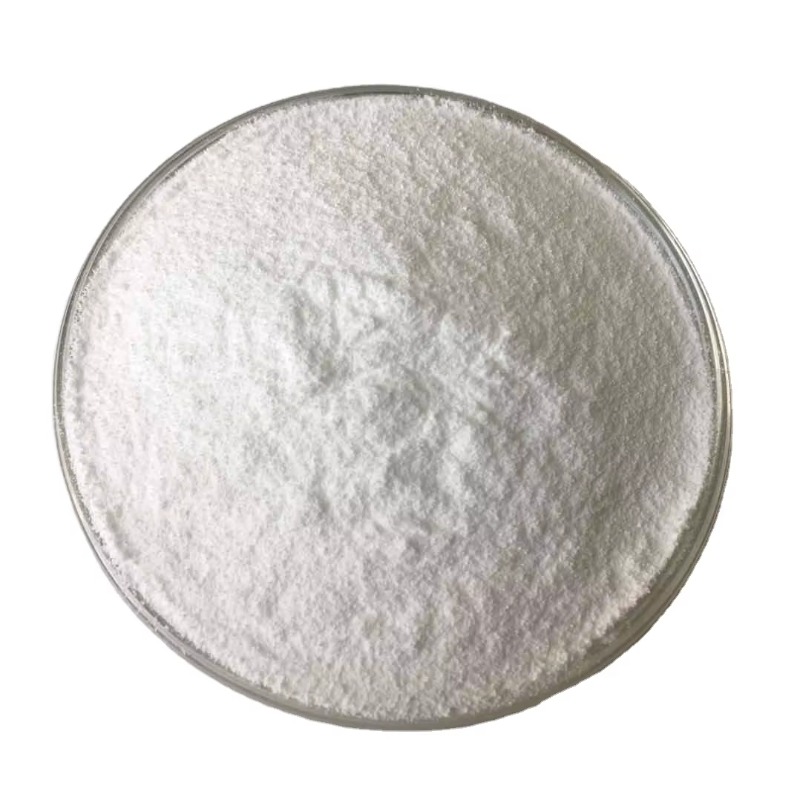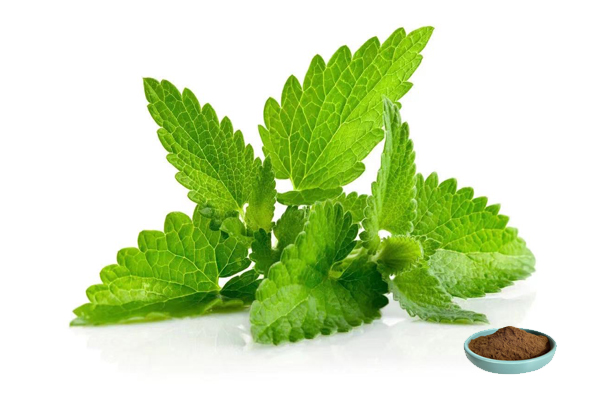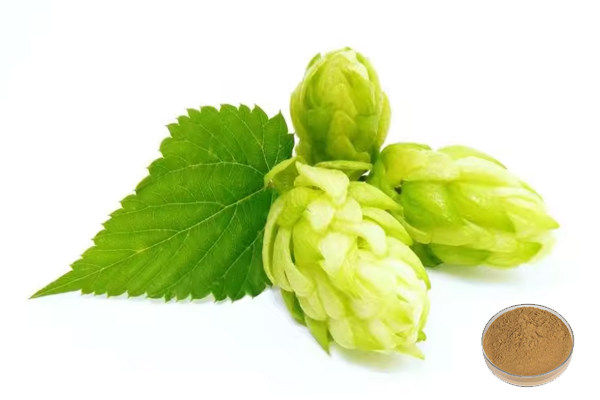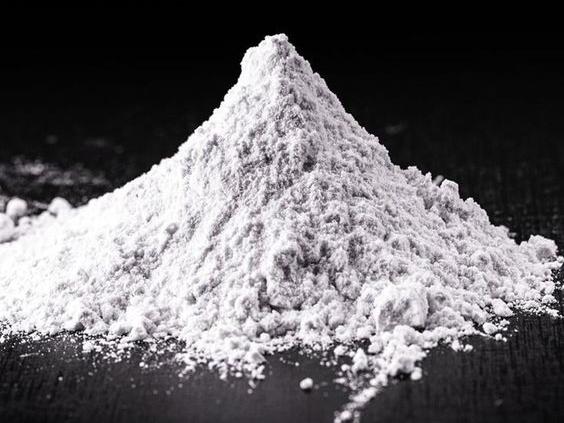Poudre de mélatonine Pure de qualité alimentaire
CAS nr.:73-31-4
Spécification :99%
Méthode d’essai :HPLC
Apparence: blanc à blanc cassé poudre cristalline
Résidu de Pesticide: conforme à la norme (ce) No 396/2005
- Description Description
- Fiche technique
- Certificat de formation
-
Qu’est-ceque la poudre de mélatonine Pure?
Melatonin is a hormone secreted by the pineal gland in the human body, which regulates the function of the human nervous system and many aspects of physiological activity. Melatonin belongs to indole heterocyclic compounds, and its chemical name is N-acetyl-5-methoxytryptamine.
La mélatonine est une partie importante de l’horloge biologique et du cycle veille-sommeil dans le corps humain, qui peut aider les gens à s’endormir, à améliorer la qualité du sommeil, à lutter contre le vieillissement et à protéger les vaisseaux sanguins. Sa sécrétion est affectée par la lumière et l’obscurité, diminuant pendant la journée en cas d’exposition au soleil, augmentant la nuit, culminant, puis diminuant graduellement jusqu’au matin, un processus qui aide les gens à s’endormir et à rester endormis.
La technologie Greenspring fournit de la poudre de mélatonine Pure, qui est une poudre cristalline blanche avec une pureté supérieure à 99,5%, habituellement utilisée comme matière première pour les produits de soins de santé.
Green Spring Technology est une société de biotechnologie leader en Chine, qui a été consacrée à la recherche, au développement et à la fourniture d’extraits de plantes de haute qualité, d’ingrédients nutraceutiques naturels, d’ingrédients alimentaires et d’ingrédients cosmétiques. Elle organise sa production dans le strict respect des normes de qualité ISO, HACCP et autres. Il a passé Halal, casher, COSMOS, BRC, IFS, FDA, ISO et beaucoup d’autres certifications.
Spécification:
Nom du produit
Mélatonine en poudre
CAS non.
Numéro de téléphone: 73-31-4
analyse
99% de la population
Méthode d’essai
HPLC/HPLC
apparence
Poudre cristalline blanche à blanche cassée
Résidus de pesticides
Conforme à la norme (ce) n ° 396/2005
Règlement:
Il est conforme à la réglementation de l’ue.
Vous cherchez un devis?Benefits:
Regulation of Circadian Rhythms
Melatonin regulates circadian rhythms, such as sleep-wake rhythms, neuroendocrine rhythms, or body temperature cycles, through its action on MT1 and MT2 receptors. Melatonin intake can lead to fatigue, sleepiness, and shortened sleep latency. Circadian rhythm disruption is associated with sleep disorders and impaired health.
For example, children with a wide range of developmental, neuropsychiatric, and health problems often exhibit melatonin deficiency. When circadian rhythms are restored, behavior, mood, development, intellectual functioning, health, and even seizure control may improve. Notably, according to several studies, circadian rhythms are important for typical (normal) neurodevelopment, and circadian deficits inhibit neurogenesis in animal models.
Anti-aging
Melatonin protects cell structure, prevents DNA damage, and reduces peroxide levels in the body by scavenging free radicals, antioxidizing, and inhibiting lipid peroxidation. A study by Russel et al. found that melatonin protects against DNA damage caused by safrole (a carcinogen that damages DNA through the release of free radicals) by up to 99% in a dose-response relationship. -response relationship.
Melatonin has a significant antagonistic effect on tissue damage caused by peroxidation and free radicals generated by exogenous toxicants. Melatonin also reduces LPO content in the brain. Its effects were essentially the same in different regions of the brain, such as the cerebral cortex, cerebellum, hippocampus, hypothalamus, and striatum, and all showed a dose-dependent relationship. However, different strains of rats such as Sprague-Dawlay and Wistar rats have different sensitivities to melatonin.
Antioxidant
Melatonin has a strong antioxidant effect that scavenges free radicals in the body and reduces damage to cells and tissues caused by oxidative stress. Free radicals are one of the most important factors contributing to cellular aging and the development of diseases. By inhibiting lipid peroxidation and protein over-oxidation, melatonin protects cellular structure and prevents DNA damage, thus slowing down the aging process. In addition, melatonin enhances cellular activity and promotes skin metabolism, helping to maintain the skin's youthful appearance.
Immunomodulation
Yann et al. studied the regulatory effect of melatonin on the immunity of H22 hepatocellular carcinoma mice and found that it could increase the CD4+CD8+ value of loaded mice, synergize with IL-2 to increase the number of peripheral blood lymphocytes and eosinophils, enhance the NK and LAK activity of splenocytes, and promote the induction of IL-2.
They also investigated the regulatory effect of melatonin on the macrophage function of H22 hepatocellular carcinoma mice and found that the killing activity of macrophages and the induction of IL-1 were significantly increased after the injection. It was found that after injection, the killing activity of macrophages and the induction of IL-1 increased significantly, indicating a selective regulation of macrophage function. Kathleen et al. (1994) found that melatonin has the function of activating human monocytes and inducing their cytotoxicity and IL-1 secretion.
Applications:
For Healthcare Products:
Melatonin's healthcare functions of regulating immune function, anti-tumor, anti-aging, etc. are showing its strong vitality, and it has great potential as a new type of health food. So far, China has included melatonin in the catalog of health food ingredients as “sleep-improving” health food. The U.S. FDA (Food and Drug Administration) believes that melatonin can be used as a common dietary supplement.
-
Télécharger le document
Poudre Pure de mélatonine COA
-
Télécharger le document
Cosmos 2023
Télécharger le documentHalal 2023
Télécharger le documentCasher 2023


 Anglais
Anglais français
français espagnol
espagnol russe
russe coréen
coréen japonais
japonais












